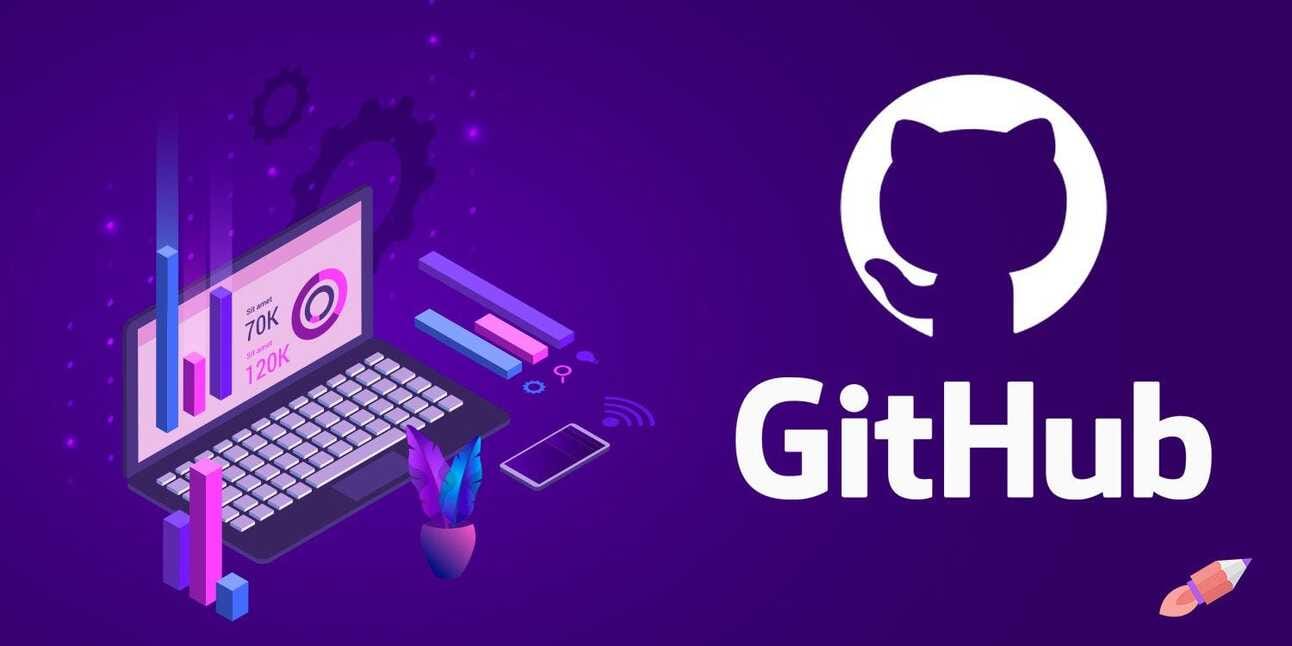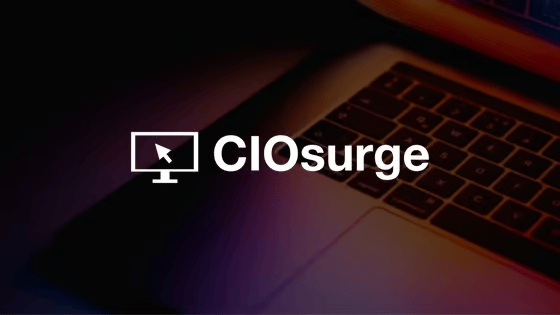- CIOsurge
- Posts
- 🔓 GitHub Desktop vulnerability could expose credentials via malicious URLs
🔓 GitHub Desktop vulnerability could expose credentials via malicious URLs
GitHub Credential Leak Risk, AI Budget Strains IT, New CIOs at Marcus & Millichap and MutualOne


Powered by Single Fin
Welcome to this week’s edition of CIOsurge!
This week:
A newly discovered GitHub Desktop vulnerability exposes credentials, emphasizing the need for urgent patching.
AI-driven cost spikes are straining IT budgets, forcing CIOs to rethink spending visibility and FinOps strategies.
Marcus & Millichap and MutualOne Bank announce new CIOs to lead digital transformation and risk management.
Let’s make this week a game-changer.
Stay sharp. Stay ahead.
🔓 GitHub Desktop vulnerability could expose credentials via malicious URLs
New vulnerabilities in GitHub Desktop and other Git-related tools, collectively called Clone2Leak, could allow attackers to steal Git credentials via crafted remote URLs. Key issues include CVE-2025-23040 (GitHub Desktop credential leaks) and CVE-2024-53263 (Git LFS credential exposure). GitHub has released patches, urging users to update immediately or avoid cloning untrusted repositories.
The last thing any IT leader wants is a developer’s Git credentials falling into the wrong hands, yet that's exactly what these vulnerabilities make possible. Attackers can craft malicious URLs that trick GitHub Desktop and other Git tools into leaking sensitive authentication tokens—potentially granting unauthorized access to private repositories and internal codebases.
For security teams, this highlights the importance of enforcing strong credential management policies and regularly updating developer tools. If immediate patching isn't feasible, consider restricting GitHub Desktop usage for high-risk environments or disabling credential helpers where possible. Keeping software updated is critical, but so is limiting exposure to potentially malicious repositories.
- Zack Tembi
💰 AI costs are driving IT budget headaches for CIOs
IT leaders are facing growing budget challenges as AI adoption fuels spending spikes, according to an Apptio report. While most executives expect IT budgets to grow in 2025, more than half admit they lack clear visibility into their spending. Unpredictable cloud costs, outdated software licenses, and shadow IT further complicate FinOps efforts, making it harder to optimize spending and justify AI investments.
We all want to innovate, but AI's rapid integration into enterprise software has turned budget planning into a moving target. The challenge isn’t just the upfront costs—it’s the unpredictable long-term spend on AI-powered cloud services, data processing, and licensing. Without better FinOps practices, organizations risk sinking money into tools without a clear ROI.
This is where visibility and discipline come in. IT leaders need to double down on cost allocation strategies, ensuring AI investments are tied to measurable outcomes. If AI is expected to generate cost savings, we need clear data proving where those efficiencies are coming from. Otherwise, CIOs will be left justifying bloated budgets without tangible business value.
- Zack Tembi
💬 Zack's Take

The Rise of Cross-Domain Expertise
As automation and AI reshape enterprise IT, the demand for talent with cross-domain expertise has skyrocketed. The days of hiring specialists for narrow roles—like a sole Microsoft Exchange admin—are fading. Today, businesses seek individuals who can bridge multiple disciplines, such as infrastructure, observability, and software development.
This shift is particularly critical for small and mid-sized organizations that can’t afford the deep specialization of larger enterprises. These companies often rely on “rising stars” who bring versatility and adaptability to their teams. Additionally, many are turning to third-party vendors to fill gaps in expertise for specific challenges.
CIOs must adjust their hiring and talent development strategies to align with this trend. Investing in upskilling and encouraging cross-functional collaboration can help existing employees broaden their skill sets, while strategic use of external consultants can complement in-house capabilities. This approach ensures that organizations stay competitive in an increasingly complex IT landscape.
🗞️ At A Glance

💡 CIO Spotlights
Marcus & Millichap appoints Evan Wayne as CIO to drive tech innovation
Evan Wayne joins Marcus & Millichap as CIO, tasked with advancing the firm's proprietary technology and digital strategy.
CEO Hessam Nadji highlights Wayne’s role in developing next-gen tools alongside CFO Steve DeGennaro, leveraging tech for market-making.
Wayne aims to enhance business intelligence, productivity, and client-facing applications while ensuring security and scalability.
MutualOne Bank names Daniel Serafin as its first CIO
Daniel Serafin, previously SVP and CTO, has been promoted to MutualOne Bank’s first chief information officer.
In his new role, Serafin takes over risk, vendor, and project management, as well as fraud prevention, from CEO Kristin Carvalho.
With prior CIO experience at Savers Bank and Avidia Bank, Serafin brings deep banking IT expertise to the growing institution.





Reply